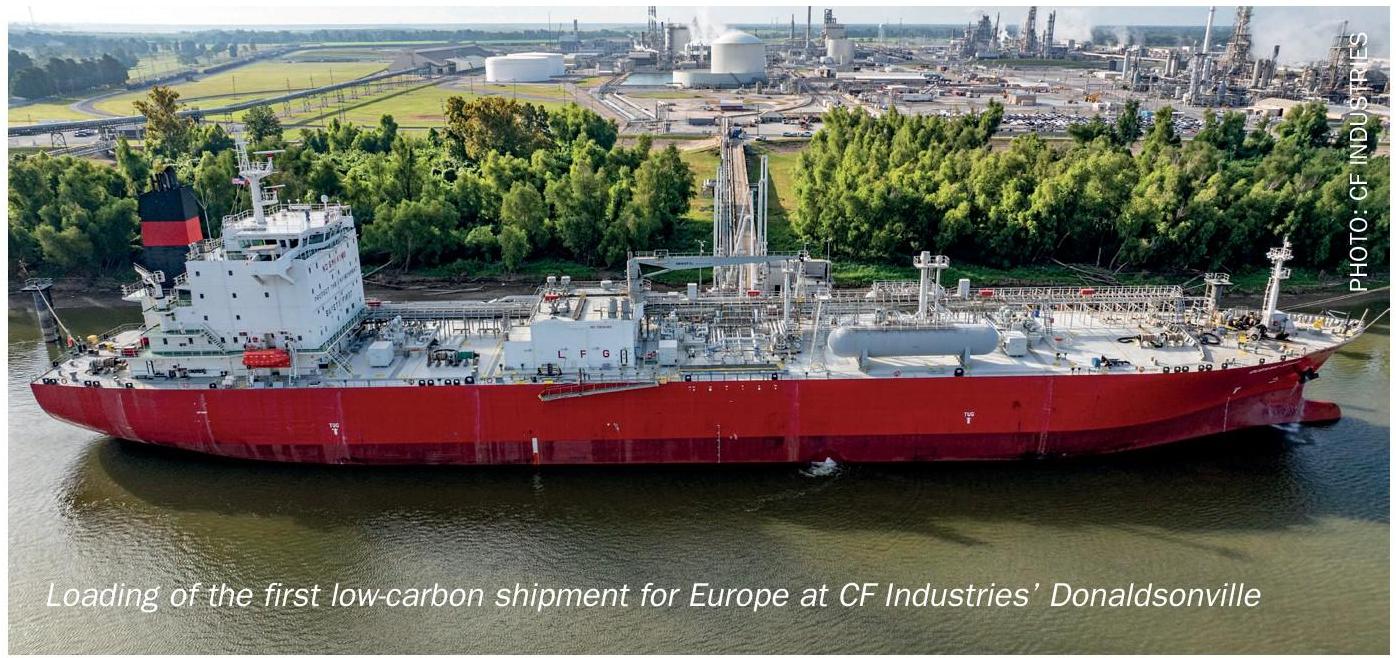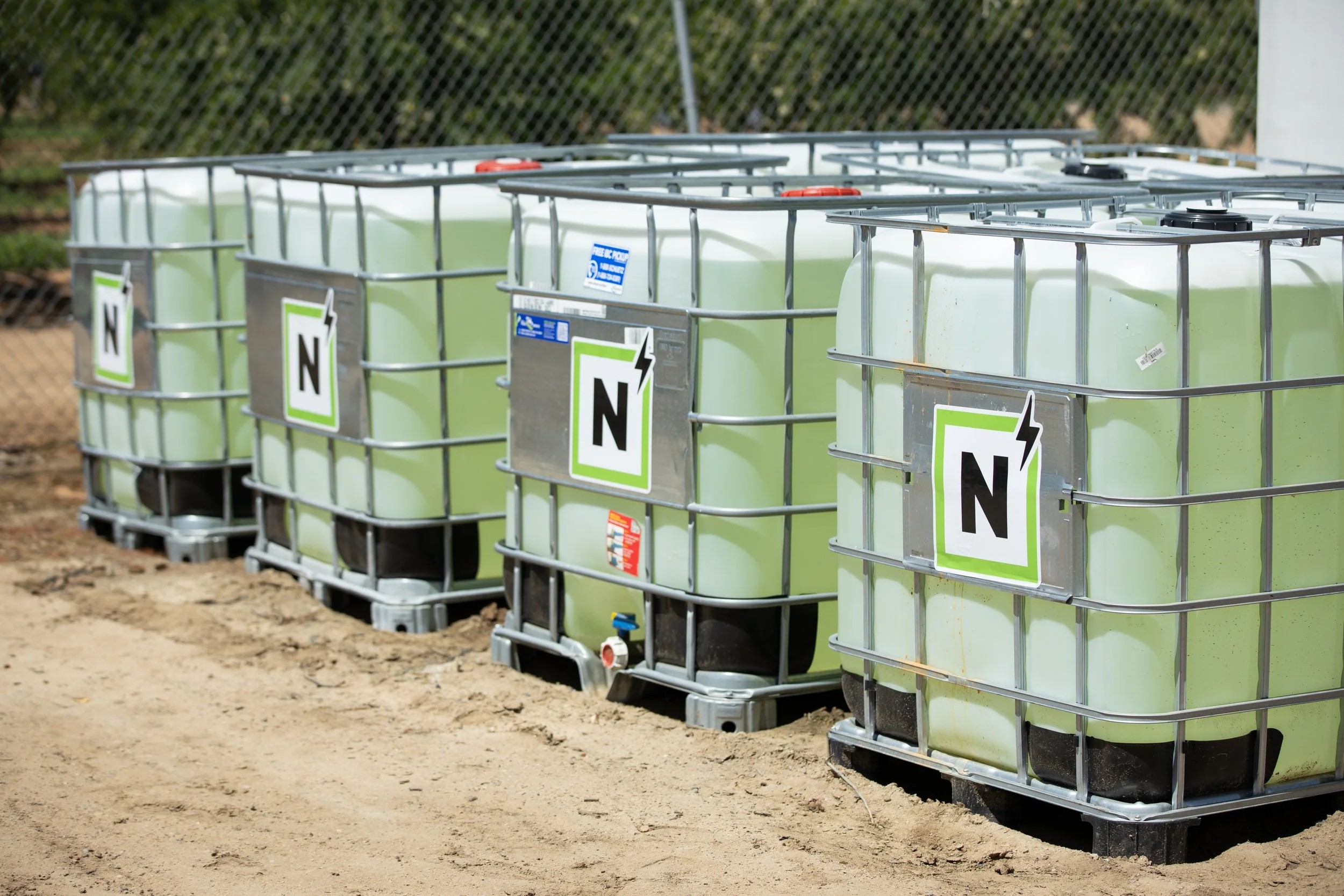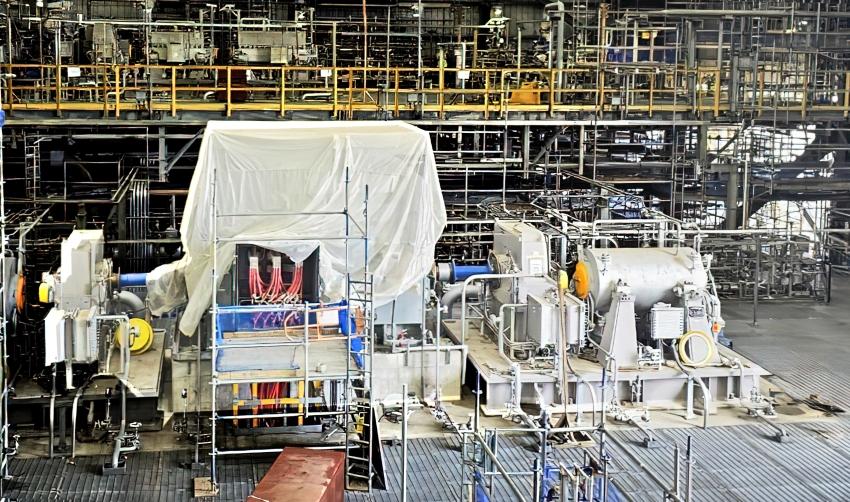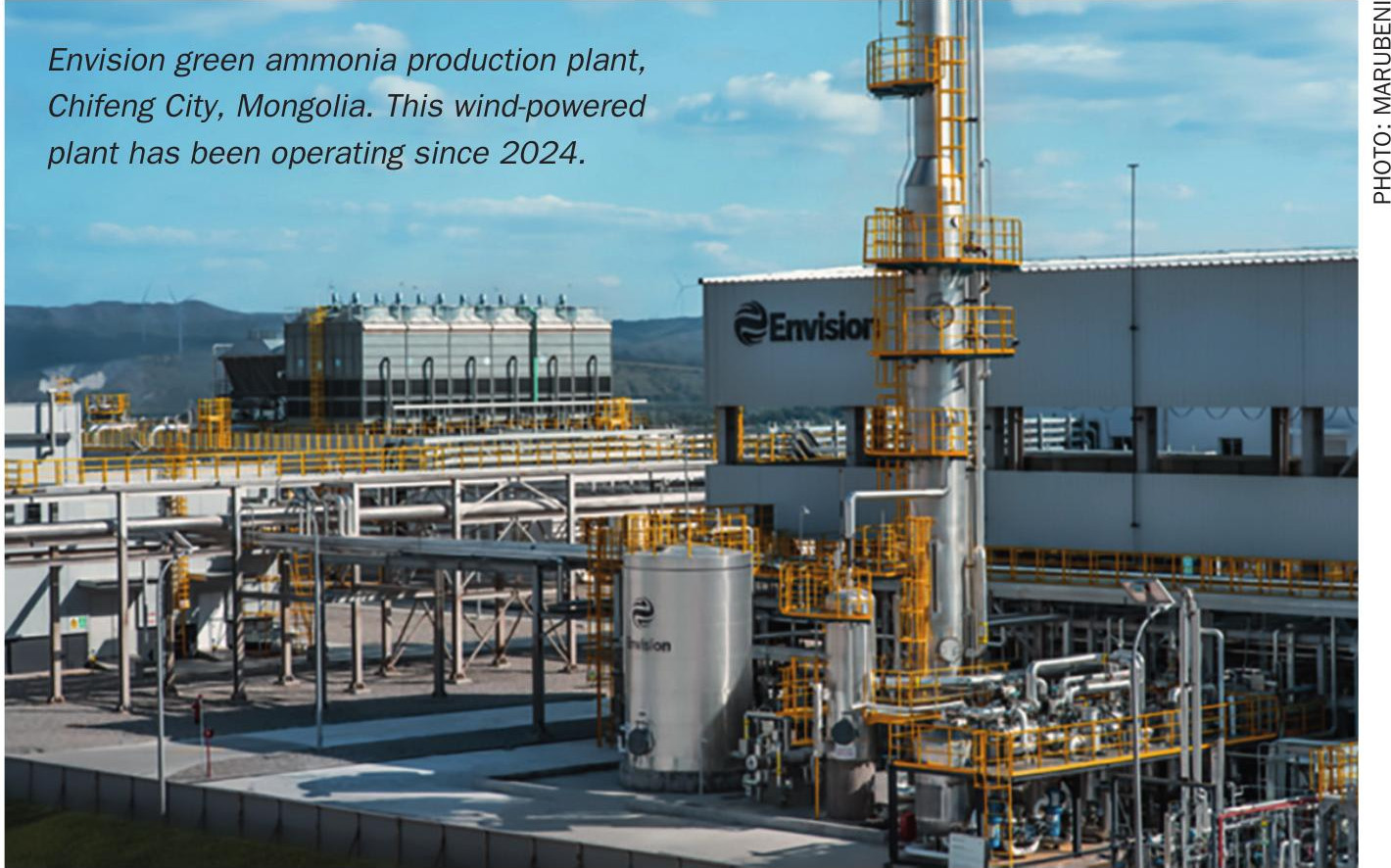Nitrogen+Syngas 395 May-Jun 2025

3 May 2025
Record-breaking growth in renewable power capacity
Renewable capacity statistics for 2025 released by the International Renewable Energy Agency (IRENA) show a massive increase in renewable power capacity during 2024, reaching 4,448 gigawatts (GW). The 585 GW addition last year indicates that renewables claimed a 92.5% share of the total capacity expansion in power generation, and a record rate of annual growth (15.1%). Even so, progress still falls just short of the 16.6% growth needed to be producing 11.2 terawatts of energy by 2030. Progress also reflects significant geographic disparities. As in previous years, most of the increase occurred in Asia, with the greatest share being contributed by China – almost 64% of the global added capacity. G7 and G20 countries respectively accounted for 14.3% and 90.3% of new capacity in 2024.
IRENA Director-General, Francesco La Camera said: “The continuous growth of renewables we witness each year is evidence that renewables are economically viable and readily deployable. Each year they keep breaking their own expansion records, but we also face the same challenges of great regional disparities and the ticking clock as the 2030 deadline is imminent.”
Solar and wind energy continued to expand the most, jointly accounting for 96.6% of all net renewable additions in 2024. Over three-quarters of the capacity expansion was in solar energy which increased by 32.2%, reaching 1,865 GW, followed by wind energy which grew by 11.1%. The large net decommissioning of non-renewable power in some regions has contributed to the upward trend of renewables capacity. However, more needs to be done to reach the goal of tripling renewables capacity by 2030 as per the Paris Agreement.






